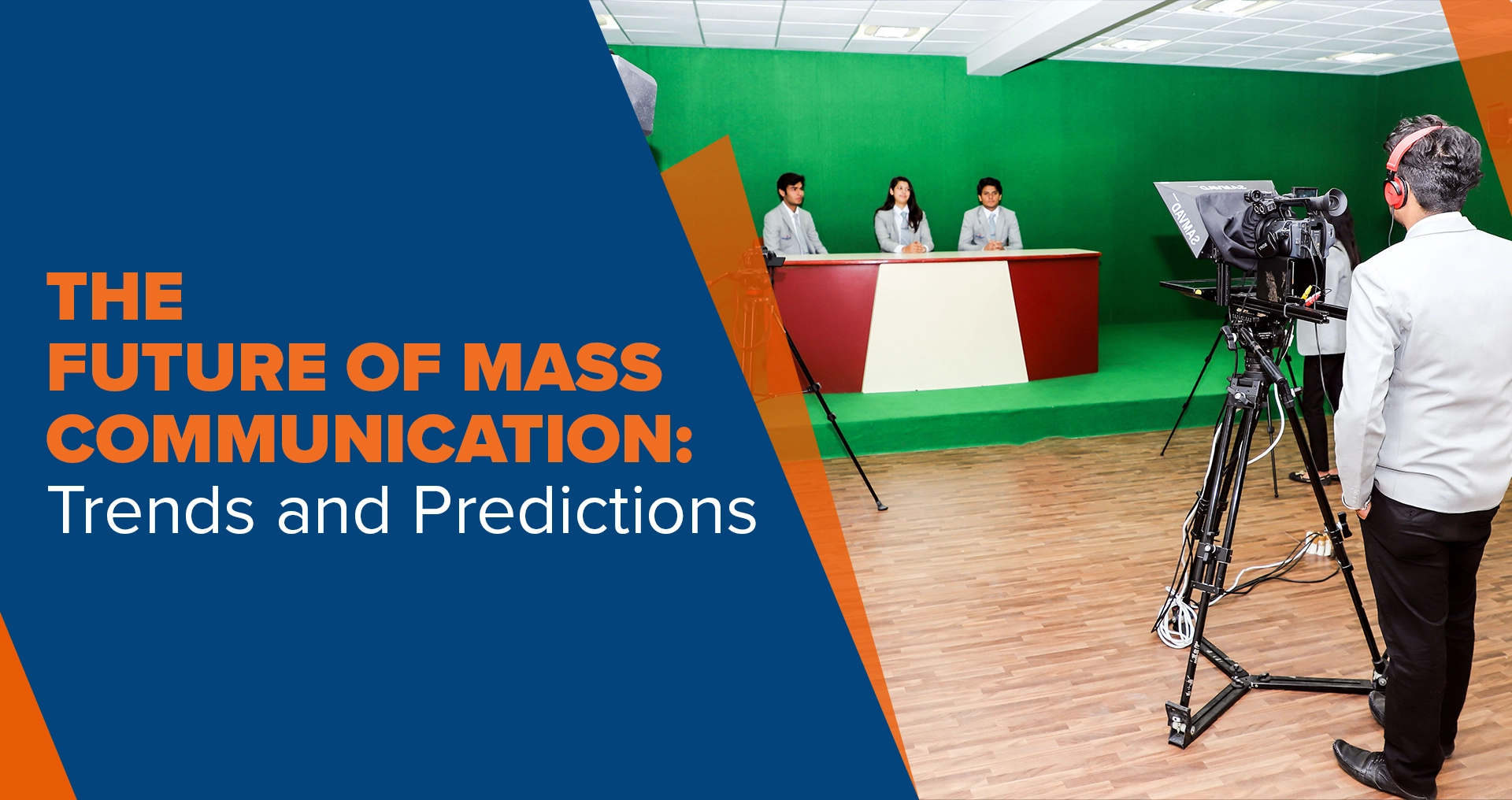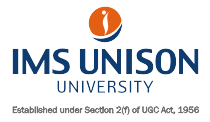The Future of Mass Communication: Trends and Predictions

Mass communication has always been dynamic, continually evolving with technological advances and changing societal needs. As we look towards the future, certain trends and predictions stand out, promising to redefine how we consume and disseminate information. This blog explores these upcoming trends, the impact of new technologies, and career opportunities within the field, and highlights how educational hubs like Dehradun are adapting to these changes. Whether considering a BA in Mass Communication or aiming for an MA in Mass Communication, understanding these trends is crucial for anyone looking to advance in this vibrant field.
1. Overview of Future Trends in Mass Communication
The future of mass communication is set to be influenced by several key trends shaping the media landscape. First and foremost is the shift towards digital media, accelerated by the global pandemic. Traditional media outlets such as newspapers and television are finding new ways to integrate digital platforms to reach wider audiences. Another significant trend is the growing importance of personalised content, driven by data analytics, which allows media companies to tailor content to individual preferences and habits.
Additionally, the rise of interactive media and user-generated content continues to democratise how information is created and shared, empowering more voices to be heard. Lastly, sustainability and ethical considerations are becoming increasingly important, with media organisations striving to adopt environmentally friendly and socially responsible practices.
2. Technological Advancements and Their Impact
Technological advancements are at the heart of the transformation in mass communication. Innovations such as artificial intelligence (AI) and machine learning are revolutionising content creation and distribution, making processes more efficient while providing new ways to engage audiences. For instance, AI-driven algorithms can now write basic news articles and personalise advertising based on user behaviour.
Virtual and augmented reality (VR and AR) are also gaining traction, offering immersive experiences that could become the norm in news reporting and entertainment. These technologies change how content is consumed and open up new avenues for storytelling, allowing for a more engaged and interactive audience experience.
Blockchain technology, too, is beginning to play a role in mass communication by providing new ways to manage digital rights and protect intellectual property, ensuring creators are fairly compensated for their work.
3. Career Growth and Opportunities
The evolving landscape of mass communication opens up numerous career opportunities for graduates holding a BA or MA in Mass Communication. With the expansion of digital media, roles in digital content creation, social media management, and digital marketing are in high demand. Additionally, the need for data analysts who can interpret consumer data to improve media strategies is rising.
Moreover, as companies increasingly value community engagement and sustainable practices, there are growing opportunities in corporate communication and public relations roles focused on corporate social responsibility (CSR) initiatives. The versatility of mass communication degrees also allows professionals to venture into emerging fields such as media consultancy, online content strategy, and multimedia storytelling, making it an exciting time to be in the industry.
4. Dehradun as a Media Education Hub
Dehradun is quickly becoming recognised as a hub for media education, with institutions like IMS Unison University (IUU) leading the way. IUU offers comprehensive BA and MA programs in Mass Communication designed to equip students with the necessary skills to thrive in this dynamic field. The curriculum is constantly updated to include the latest trends and technologies, ensuring students are well-prepared for the future.
IUU also emphasises practical experience, allowing students to work on real-world projects and intern with leading media companies. This hands-on approach enhances learning and helps students build a strong professional network.
5. The Globalization of Media Content
As digital platforms break down geographical barriers, the future of mass communication is increasingly global. Media companies are not only targeting local audiences but are also tailoring their content to international viewers. This trend towards globalisation requires media professionals to be aware of cultural sensitivities and to possess skills in international communication strategies.
For students in BA and MA in Mass Communication programs, this means an enhanced focus on learning multiple languages and understanding diverse cultural contexts. Courses that offer global media studies, international communication law, and cross-cultural journalism are becoming essential to prepare students for a career in this interconnected environment.
6. Ethical Considerations in Media Practices
Ethical considerations are becoming a cornerstone of mass communication education and practice. With the vast amount of information available and the speed at which it can be spread, ethical issues such as misinformation, privacy concerns, and the potential for media manipulation are more prevalent than ever. Future media professionals must be equipped to navigate these challenges responsibly.
Educational institutions like IMS Unison University are incorporating ethics deeply into their curriculum. This involves teaching students about the legal frameworks governing media and instilling a strong sense of moral responsibility to ensure they contribute positively to the media landscape.
7. Integration of Advanced Analytics and Audience Feedback
The use of advanced analytics to understand audience preferences and behaviours is a trend shaping the future of mass communication. Media companies are increasingly relying on detailed analytics to tailor their content and marketing strategies to more effectively meet audience needs. This shift emphasises the need for media professionals to have data analysis and interpretation skills.
Thus, mass communication programs are integrating courses on media analytics, audience research, and digital metrics to ensure that graduates are proficient in these areas. This knowledge enables professionals to make informed decisions that enhance audience engagement and satisfaction.
8. Sustainability in Media Production
Sustainability is another critical area of focus for the future of mass communication. Media productions are being scrutinised for their environmental impact, leading to a push for more sustainable practices in everything from film production to event management. This shift is about adopting new technologies and changing the culture within media organisations to prioritise sustainability.
Educational programs are responding by teaching students about sustainable practices in media production and encouraging them to innovate to reduce the environmental impact of media activities. This includes training in sustainable materials, energy-efficient technologies, and waste-reduction methods.
8. Sustainability in Media Production
IMS Unison University is doing more than just keeping pace with these changes; it's actively adapting its curriculum and teaching methods to prepare tomorrow's media professionals. By integrating cutting-edge technologies and focusing on global media trends, IUU ensures its graduates are not just followers but leaders in mass communication.
Conclusion
The field of mass communication is set for profound changes, driven by technological innovations and shifting consumer expectations. For those pursuing to study in any MA in Mass Communication Colleges, staying abreast of these trends and adapting to the new technologies is crucial. Institutions like IMS Unison University in Dehradun are at the forefront of this transformation, offering programs that prepare students for the exciting challenges and opportunities in mass communication. As we look to the future, one thing is clear: the possibilities are as vast as they are thrilling.

